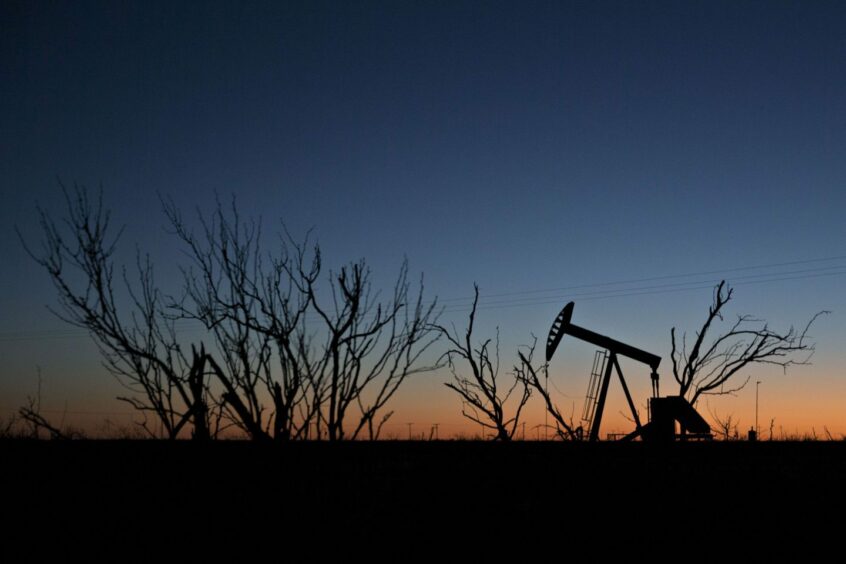
The $10 billion of debt lined up for Occidental Petroleum Corp.’s (NYSE: OXY) takeover of Texas shale driller CrownRock LP is sizing up to be one of the largest bridge financing deals of the year — and a crucial test for the energy giant.
Just months after regaining its investment-grade credit rating, the Houston-based oil and gas producer agreed to a $10.8 billion transaction to expand its business in the Permian Basin. As part of the deal, it committed to pay about $9.1 billion in cash, funded via a temporary bridge loan from Bank of America that will likely be replaced with bonds and term loans.
That comes in sharp contrast to the financing for other transactions inked this year targeting assets in North America’s most-prolific oil basin. While Chevron Corp.’s purchase of PDC Energy Inc. and Exxon Mobil Corp.’s acquisition of Pioneer Natural Resources Co. both relied on equity markets for financing, Occidental plans to sell only $1.7 billion of new shares.
To Spencer Cutter, a credit analyst for Bloomberg Intelligence, the heavy reliance on debt markets raises the stakes for the company. Occidental was among the biggest firms slashed to junk in the midst of the Covid-19 pandemic as commodity prices fell.
The downgrade came after Occidental took on some $20 billion of debt to fund its controversial purchase of Anadarko Petroleum Corp. It regained its investment-grade score this year.
“It’s deja vu on a bit of a smaller scale,” Cutter said in a phone interview. With concern mounting over the path of interest rates, the odds of a recession and commodity prices, he said, it’s “a bet on being able to execute this plan over the next 12 to 24 months.”
In a company presentation, Occidental laid out a strategy to pay down at least $4.5 billion of debt within a year of the transaction’s close, saying it would sell up to $6 billion in assets. The company will also assume $1.2 billion in debt held by CrownRock, as per the deal’s terms.
Occidental Chief Financial Officer Sunil Mathew also looked to assure investors during a conference call on Monday, saying that maintaining an investment-grade rating is a key priority. He said he expects the company’s current ratings will be reaffirmed.
A representative for Occidental didn’t respond to requests for further comment. The firm is scored Baa3 at Moody’s Investors Service and BBB- at Fitch Ratings, both one notch above junk. S&P Global Ratings, however, has the company at BB+, the highest speculative-grade score.
Investors, for their part, showed a mixed reaction. Occidental shares jumped as much as 1.3% on Monday after the announcement. But the extra yield investors demand to hold its heaviest-traded bond — a 6.6% note due 2046 — over US Treasuries rose by 9 basis points to 1.81 percentage points, according to Trace bond trading data.
Given its recent upgrade, it’s likely that credit assessors will give the company “a little bit of leeway to begin with,” especially if it’s making an effort toward paying down debt, said James Spicer, an analyst at TD Securities focused on energy.
But even so, the deal “does stretch them a little bit,” he said. With oil prices declining, “it’s going to be incumbent upon them to actually execute on this de-leveraging plan. If they struggle to execute, or if it takes longer than expected, then you might see a rating agency reaction.”
 © Bloomberg
© Bloomberg